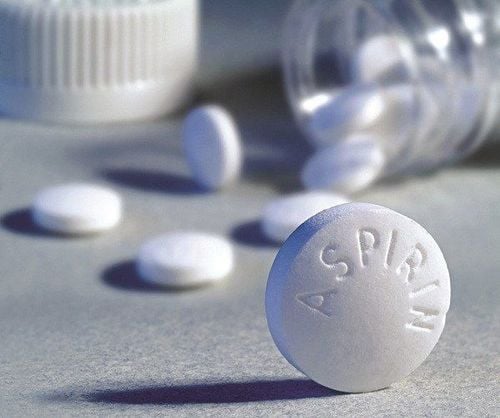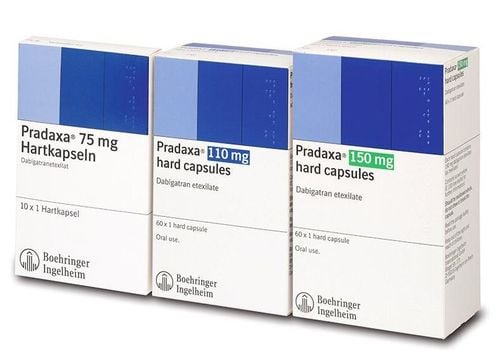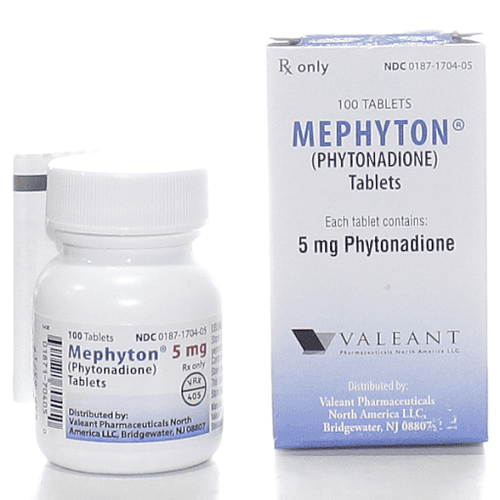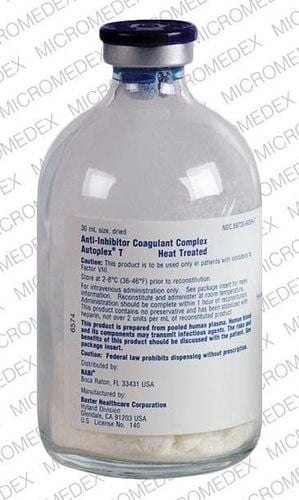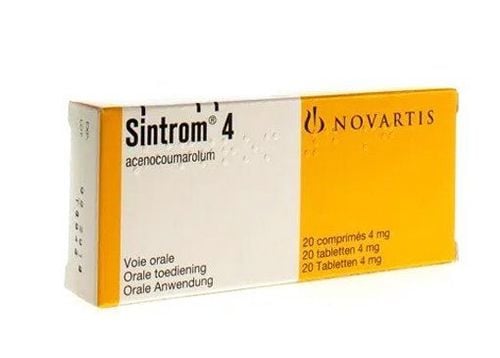This is an automatically translated article.
Coagulation is a change in the physical state of the blood, which is an important physiological process that takes place in the human body. Without blood clotting, the human body would die prematurely from blood loss. Coagulation tests play an extremely important role in the detection, diagnosis and treatment of blood clotting disorders for patients.1. What is blood clotting?
Coagulation is a change in the physical state of blood, changing from a liquid to a solid gel, fibrinating to protect the damaged area of the vessel wall, limiting blood outflow and at the same time maintaining the fluid state of the blood vessel. circulating blood. Blood clotting is the action and combination of 3 factors including blood cells, plasma proteins and vascular wall, directed and regulated by neurological and humoral factors.
In the body, there is always a balance between the coagulation and anticoagulant systems. Coagulation helps to protect the body from bleeding, anticoagulant helps to circulate blood vessels, ensuring life maintenance. If the body lacks clotting factors, causing the blood not to clot as usual is a manifestation of a clotting disorder, which can cause death due to excessive blood loss. On the contrary, if the body lacks a clotting inhibitor, it will cause an embolism due to the formation of an insoluble clot, obstructing blood circulation.
Any imbalance in the blood clotting mechanism, anticoagulant can lead to dangerous complications. Therefore, early detection of clotting problems through coagulation tests is essential.

Quá trình đông máu là sự thay đổi trạng thái vật lý của máu, chuyển từ dạng lỏng sang dạng gel rắn
2. Blood clotting tests
Coagulation is initiated by both endogenous and exogenous pathways. The resulting activation of both pathways creates a prothrombinase complex, which is responsible for converting prothrombin to thrombin. Under the action of thrombin, fibrinogen will create a fibrin mesh that traps platelets and other blood components, forming a blood clot capable of stopping bleeding.
Commonly ordered coagulation tests include:
Test to evaluate the extrinsic clotting pathway (Prothrombin Time-PT); Test to evaluate endogenous coagulation pathway (Activated Partial Thromboplastin Time (APTT); Common pathway assessment test (Thrombin Time-TT); Fibrinogen quantitative assay. Indications for coagulation tests to:
Screen, detect bleeding risk; Performed when the patient has clinical symptoms or history suggestive of coagulopathy; Performed when the patient is on anticoagulant therapy; Performed on the patient before surgery.
3. The role of blood coagulation tests
3.1 Prothrombin time test (PT) Principle: When blood exits the vessel, it will be coagulated by an exogenous route. When excess thromboplastin and calcium are added to the blood anticoagulated with citrate, the exogenous coagulation pathway will be performed massively. Doctors measure the time from calcium and thromboplastin supplementation to plasma clotting to reflect the activity of the clotting factors that make up Prothrombin, which are factors II, V, VII, and X (external clotting factors). born).
For patients who have a Prothrombin time test performed while on the anticoagulant Warfarin, it is necessary to use the INR to calculate and adjust the Prothrombin Time reagent for accurate test results.
Meaning: Normally in healthy people, Prothrombin time is about 11 - 13 seconds. If the prothrombin time is longer than 3 seconds (i.e. it takes longer than usual for the clot to form), the patient has a deficiency of an exogenously active clotting factor. Of those 4 factors, 3 factors II, VII and X are produced in the liver, dependent on vitamin K, so when the liver is impaired or taking vitamin K antagonists, the Prothrombin time will be prolonged. The degree of prolongation depends on the extent of the reduction in exogenous clotting factors and the dose of vitamin K used. Therefore, this test can be used to monitor vitamin K resistance.

Xét nghiệm đông máu giúp phát hiện sớm các vấn đề về đông máu
3.2 APTT test Principle: APTT test measures plasma clotting time from calcium recovery when plasma is incubated with Kaolin and Cephalin.
Meaning: APTT for normal results is 25 - 33 seconds, APTT index of disease / APTT of normal control is 0.85 - 1.25; If this index is above 1.25, it means that APTT is prolonged. Prolonged APTT represents endogenous coagulopathy (hypocoagulability) due to congenital factor deficiency (hemophilia), coagulation factor consumption (DIC syndrome), severe liver failure coagulation factors cannot be synthesized, due to the presence of endogenous anticoagulants in the blood or the effects of treatment with Heparin.
3.3 Thrombin time test (TT) Principle: It measures the clotting time when thrombin is added to the plasma.
Meaning: Normal thrombin time is 12 - 15 seconds, TT index of disease/control normal is at 0.8 - 1.25; If this index is above 1.25, the thrombin time is prolonged. The prolonged thrombin time is due to lack of fibrinogen, abnormal fibrinogen molecules or the presence of heparin or some mediators such as PDF.
3.4 Quantitative Fibrinogen Test Principle: The patient's plasma is diluted, the clotting time is tested with thrombin and then compared to know the fibrinogen concentration (fibrinogen is mixed in different concentrations and then given thrombin).
Meaning: Normal fibrinogen levels are between 2 - 4 g/l. Fibrinogen increases when the patient is infected. Decreased fibrinogen can be caused by consumption (with DIC syndrome), fibrinolysis, or disease without fibrinogen.
For doctors, coagulation tests play an important role in diagnosing blood clotting abnormalities, ensuring the right treatment direction, bringing the best therapeutic effect to the patient. When performing blood clotting tests, patients need to strictly follow the doctor's instructions to get quick and accurate results.
Please dial HOTLINE for more information or register for an appointment HERE. Download MyVinmec app to make appointments faster and to manage your bookings easily.




